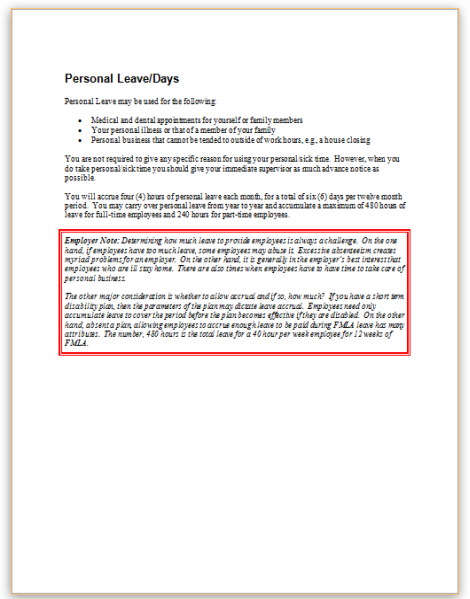An Employer's Guide to the Compliance Checklist for Missouri's Paid Sick Leave Effective from May 1
As of May 1, all Missouri employers will have to guarantee paid sick leave rights to their workers. This follows the Missouri Supreme Court’s decision not to overturn the results of a state ballot initiative. Employers across the state need to be prepared for the next phase of Proposition A . This incudes understanding and being in compliance with new obligations concerning minimum wage increase and paid sick leave requirements.
Proposition A amends state law to increase the Missouri minimum wage. This is subject to cost-of-living adjustments each January based on changes in the Consumer Price Index. The law also creates paid sick leave requirements for businesses of all sizes starting May 1. From this date onwards, covered employees will begin accruing and using earned paid sick time . This term refers to time off for certain qualifying reasons that is compensated at the same hourly rate and includes the same benefits as regular hours worked.
Private employers of all sizes will need to comply with these changes. Exceptions will apply to certain sectors. Covered employees include any individual employed in Missouri by a private employer, with some exceptions. This includes part-time, seasonal, and other categories of workers.
Employees will be allowed to use paid sick time as it accrues. Employers will need to permit an employee to use paid sick time for defined qualifying reasons. This could include the employee’s own mental or physical illness or when the employee’s place of work is closed due to a public health emergency.
Individuals can claim against an employer for violations of the earned paid sick time rules within three years. If found guilty, the employer could face various consequences, such as being charged with a class C misdemeanor. Each day of violation or failure to comply for each employee affected would constitute a separate offense.
Employers are advised to review their sick leave policy, adjust timekeeping and payroll systems and prepare for leave administration. They should implement required notices and posters, maintain records for compliance and update handbooks, onboarding, and internal communications. Additionally, they should monitor their working environment for retaliation risks against employees exercising their rights under the new law.
As employers, it remains crucial to know and understand the dynamics of labor law, workers’ rights and privileges, even as they differ from state to state. Getting in contact with the right agencies can often be a daunting task in such cases. Finding the fastest way to get through to edd, for instance, can be made simpler by resources such as eddcaller.com, which provide information and guides on how to get in touch with relevant institutions.
